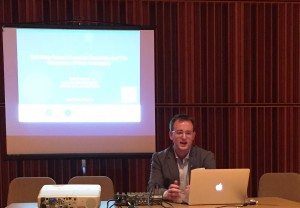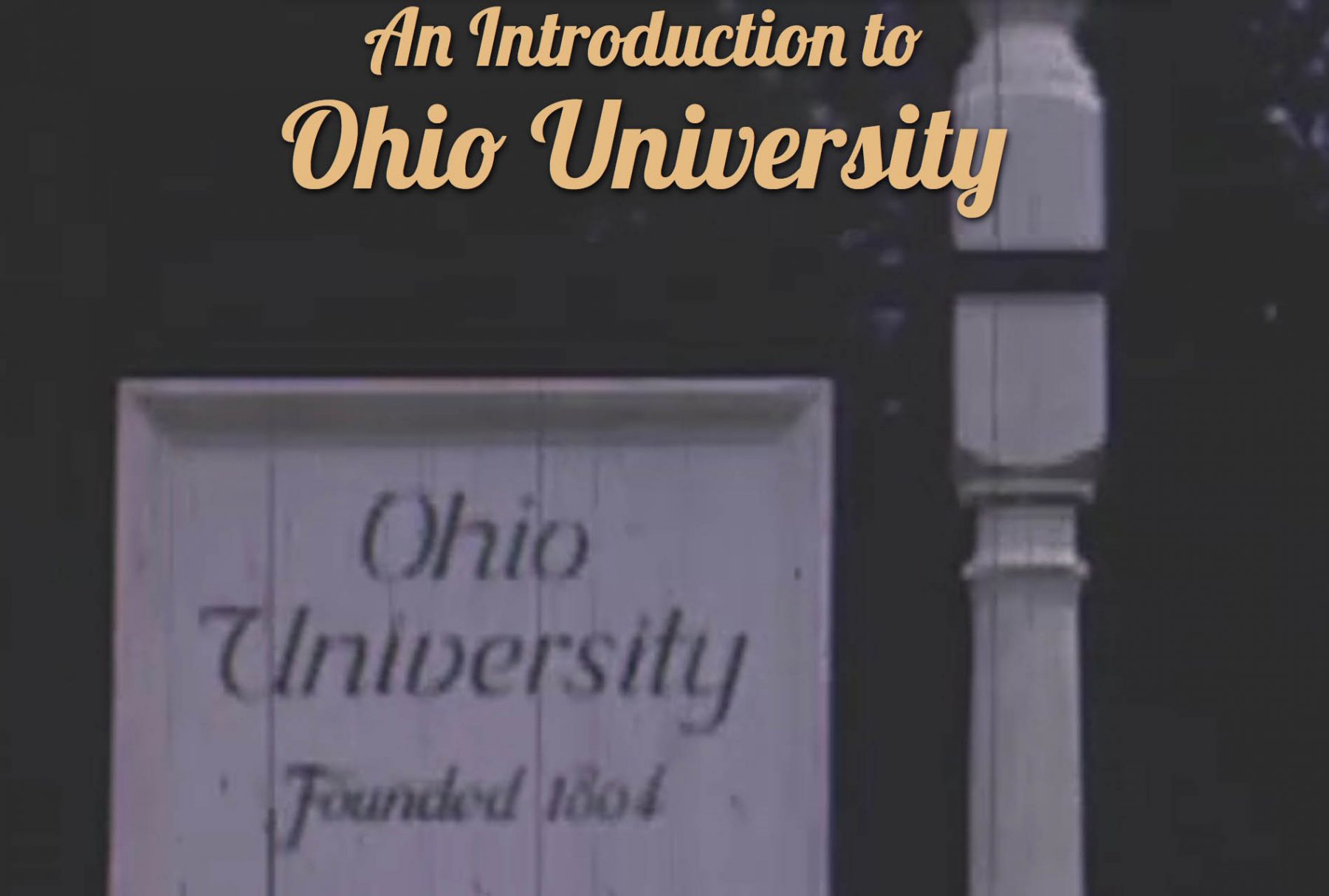Now in his fifth year of teaching in the School of Media Arts & Studies at Ohio University, Lecturer and Outreach Coordinator Kyle P. Snyder has been hard at work with his colleagues Josh Antonuccio, Eddie Ashworth, and Jeff Redefer transforming the Music Production curriculum within Scripps College of Communication to prepare students for real world studio jobs. “What I find most rewarding about working with students in our field is seeing their evolution from day one through graduation,” Snyder says. “It’s tremendously rewarding to see that evolution over our brief four years together, which really gives you a phenomenal glimpse into how big an impact we have upon their careers.”
Snyder’s approach to the school’s studio facilities, is making the biggest impact on outbound students, as he opts for durable gear that allows as many hands on as possible at one time. With this in mind, the OU professor recently worked with Vintage King’s Chris Bolitho and Greg Fraser to bring in a Yamaha Nuage workstation and Nuendo software for a state-of-the-art mixing room. We recently caught up with Kyle Snyder to talk about why he choose this particular desk, how he uses it in tandem with an analog console and what his students think about the work surface.
What influences the decisions you make when purchasing equipment that students will work on?
What’s interesting about purchasing for student use is you certainly want the solution to be intuitive at some level, however, the biggest selling point for me tends to be durability. With the Nuage, we found a solution that was well suited for our needs and happened to be built by Yamaha so I knew it could stand up to the rigors of touring, let alone student use.
In addition to the Nuage, you also have a Rupert Neve Designs 5088 in the school’s studio space. How do you use both work surfaces?
We start students learning on the Rupert Neve 5088 and with the Neve Porticos and then we bring them into here, the Nuage and Nuendo room, which has channel strips built in. That’s a fantastic teaching moment to take students from an analog room through a hybrid mixing room into a completely digital Nuage/Nuendo room that’s backed up with DANTE and show them the way the workflows can work and complement each other.
Talk about the Nuage room’s set-up and how you utilize the desk to teach students?
We [wanted] it to be the best post-production teaching facility that it possibly can. In doing so, we’ve situated the Nuage in the center of the room, sort of like a Hollywood cutting stage with 20-25 seats around it, so faculty can be at the mix position teaching students, but students can be up discussing with faculty how the mix should work. Students can get up and be a part of the mixing process and that’s really powerful.
There are so many options when it comes to digital workstations, how did you come to decide on the Nuage?
In searching for a new control surface, I remembered seeing the Nuage on the AES floor years ago back when it launched. I pulled up the info online and saw we could control Pro Tools and that Nuage was very affordable so it was an easy sell. However, we started to dig into Nuendo since we’d need to run it for the VST connections and we were just blown away by all the features offered by the DAW. Our reaction was that it was, finally, a professional piece of software.
What has been the students’ reaction to working on the desk?
Students have been amazed with how intuitive the control surface is and how flexible the unit is for working. In class we’ll frequently split the desk and have students mixing side by side – it’s a phenomenally effective tool.
If you’re interested in learning more about the install and use of the Yamaha Nuage at Ohio University, check out the video below or read the original post by Vintage King.
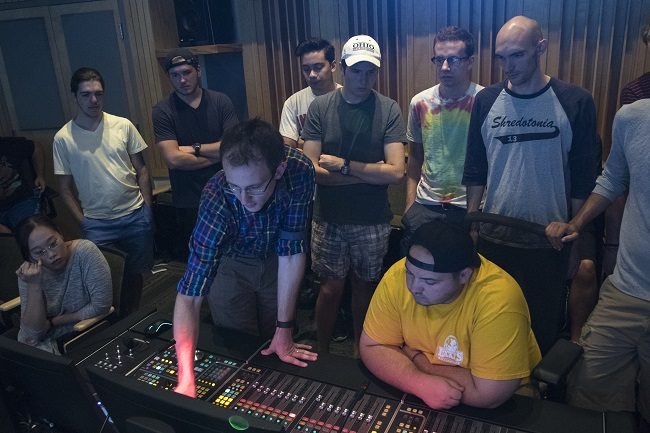

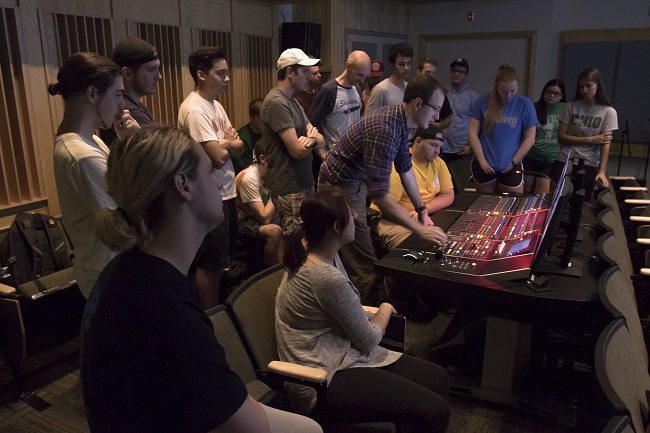
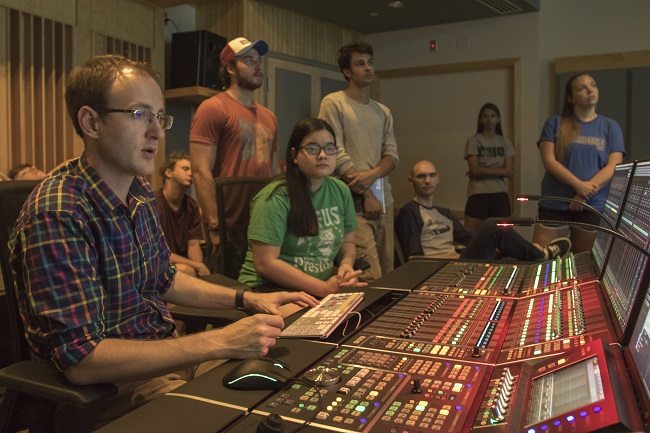
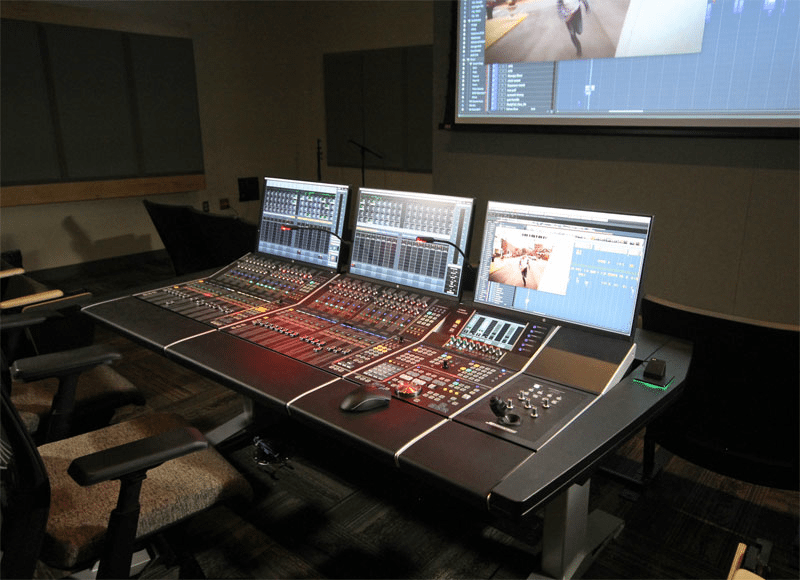
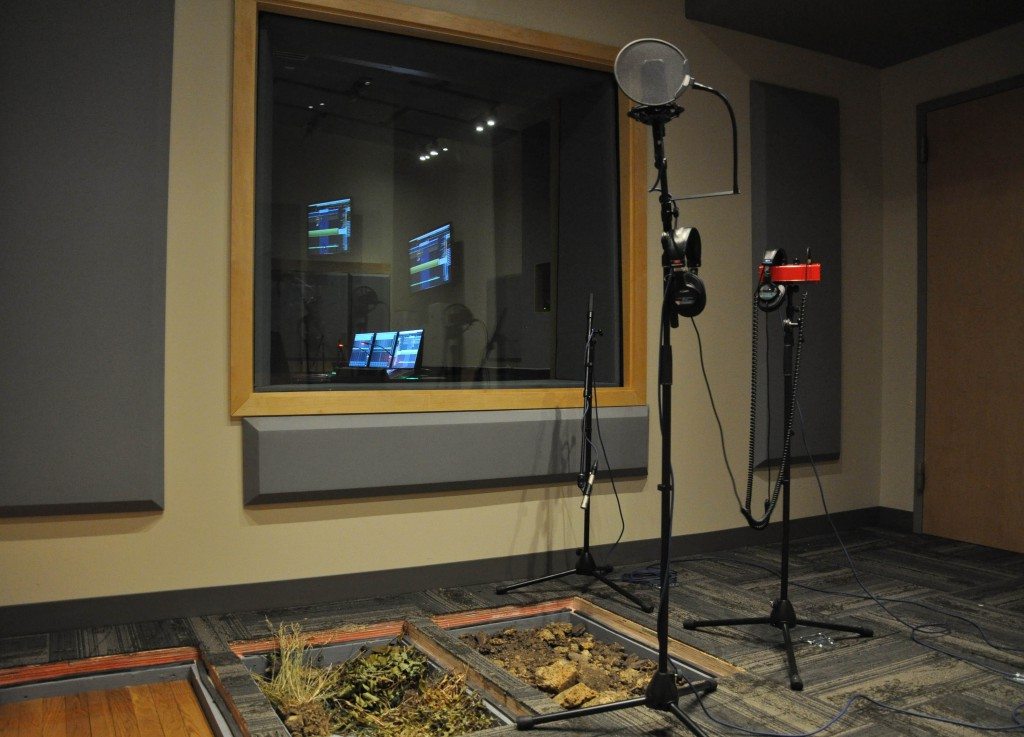
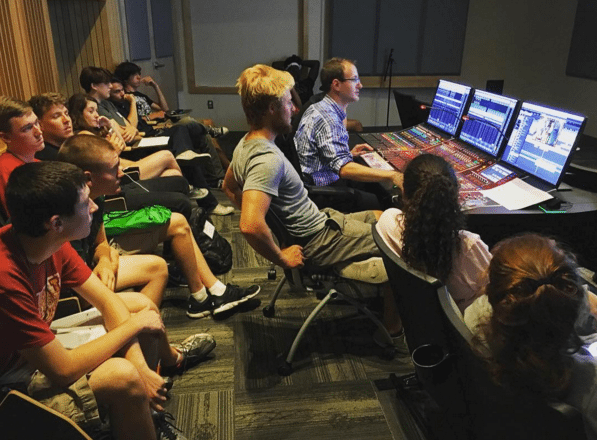

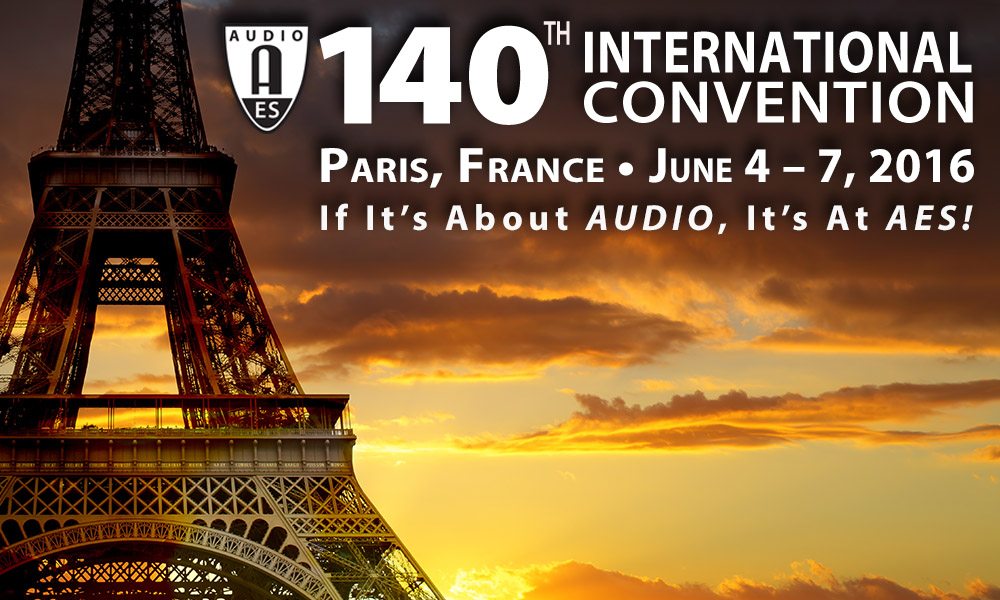
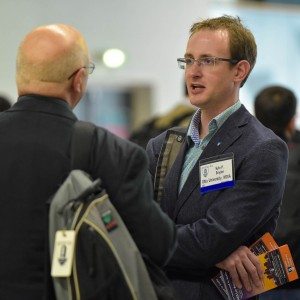 At the
At the 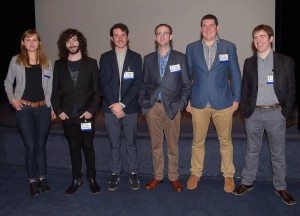 Also at the 140th Convention, one of Snyder’s students, Michael France, continued his work as the
Also at the 140th Convention, one of Snyder’s students, Michael France, continued his work as the 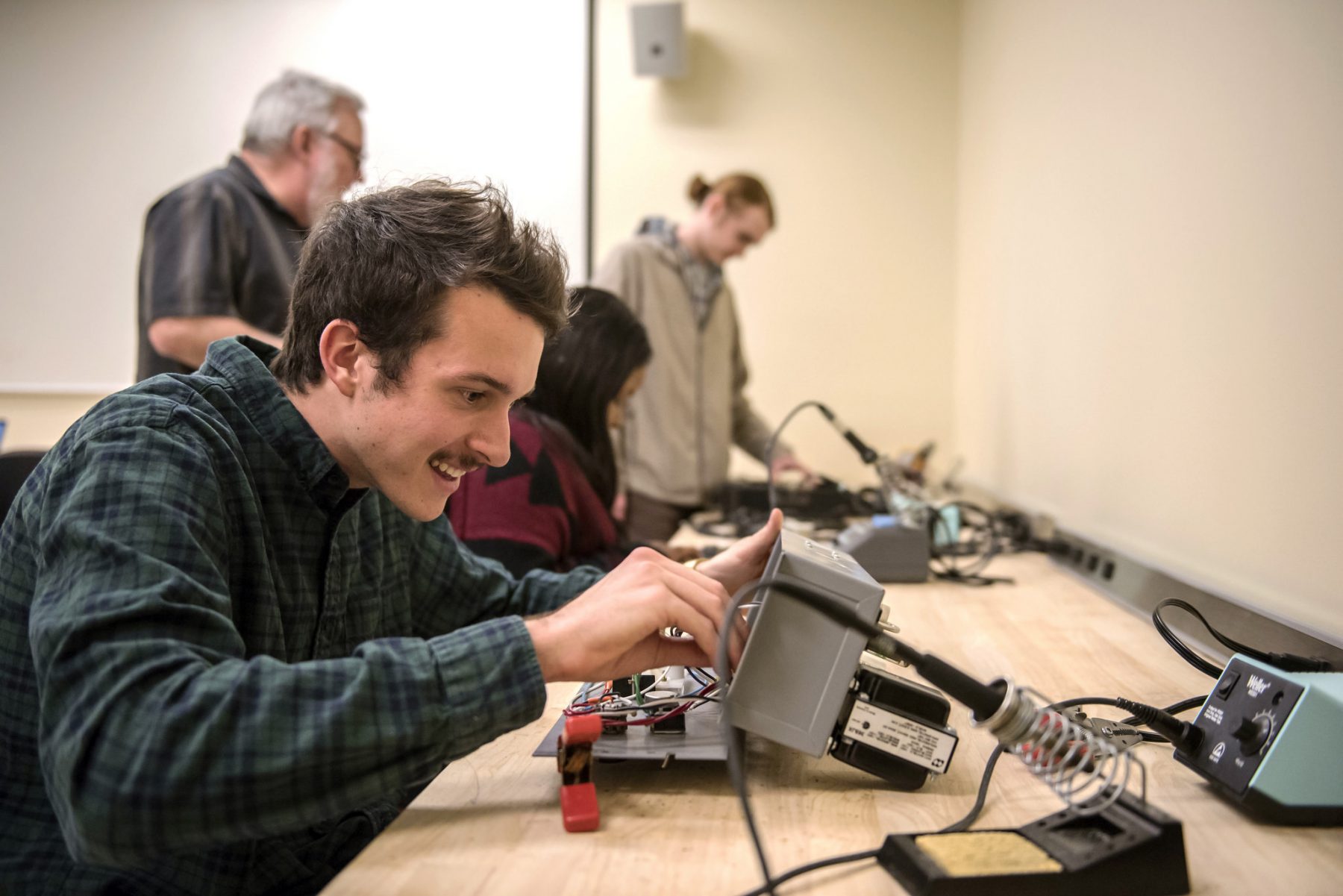
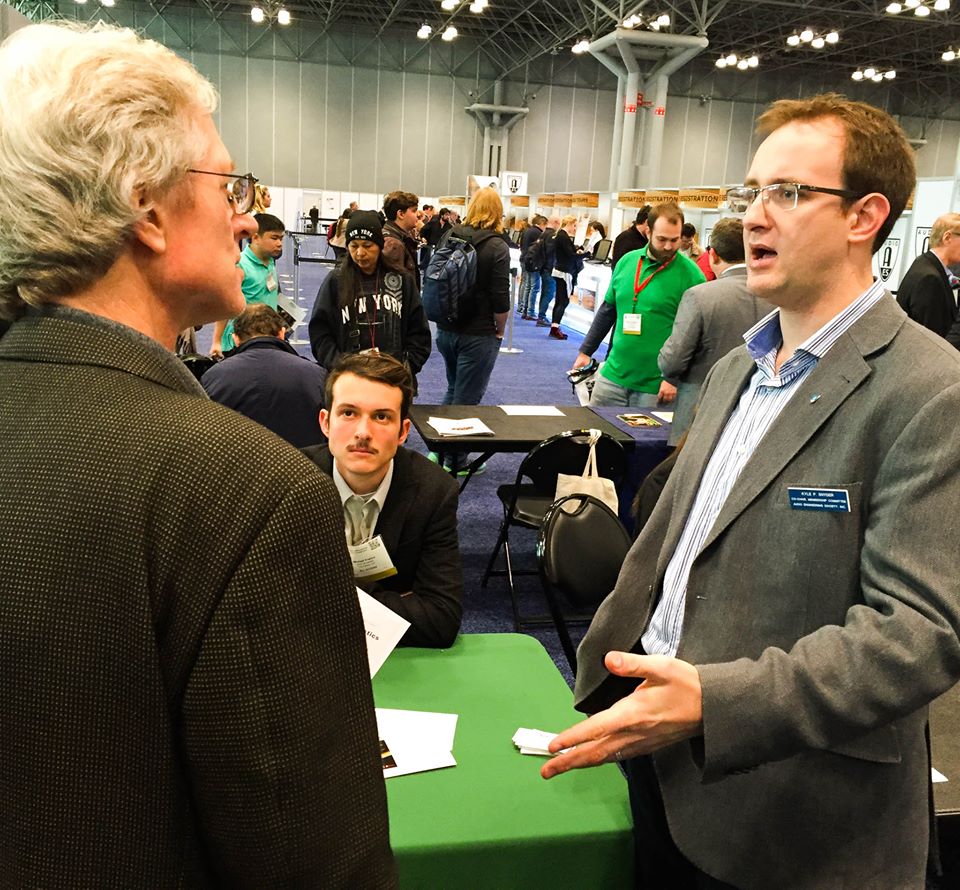

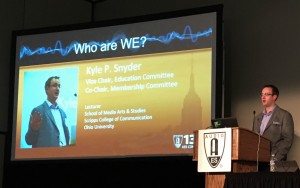 At the
At the 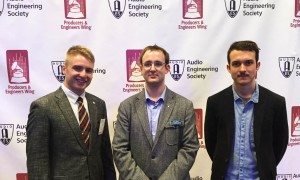 Also at the 139th Convention, on of Snyder’s students, Michael France, was elected as the new
Also at the 139th Convention, on of Snyder’s students, Michael France, was elected as the new 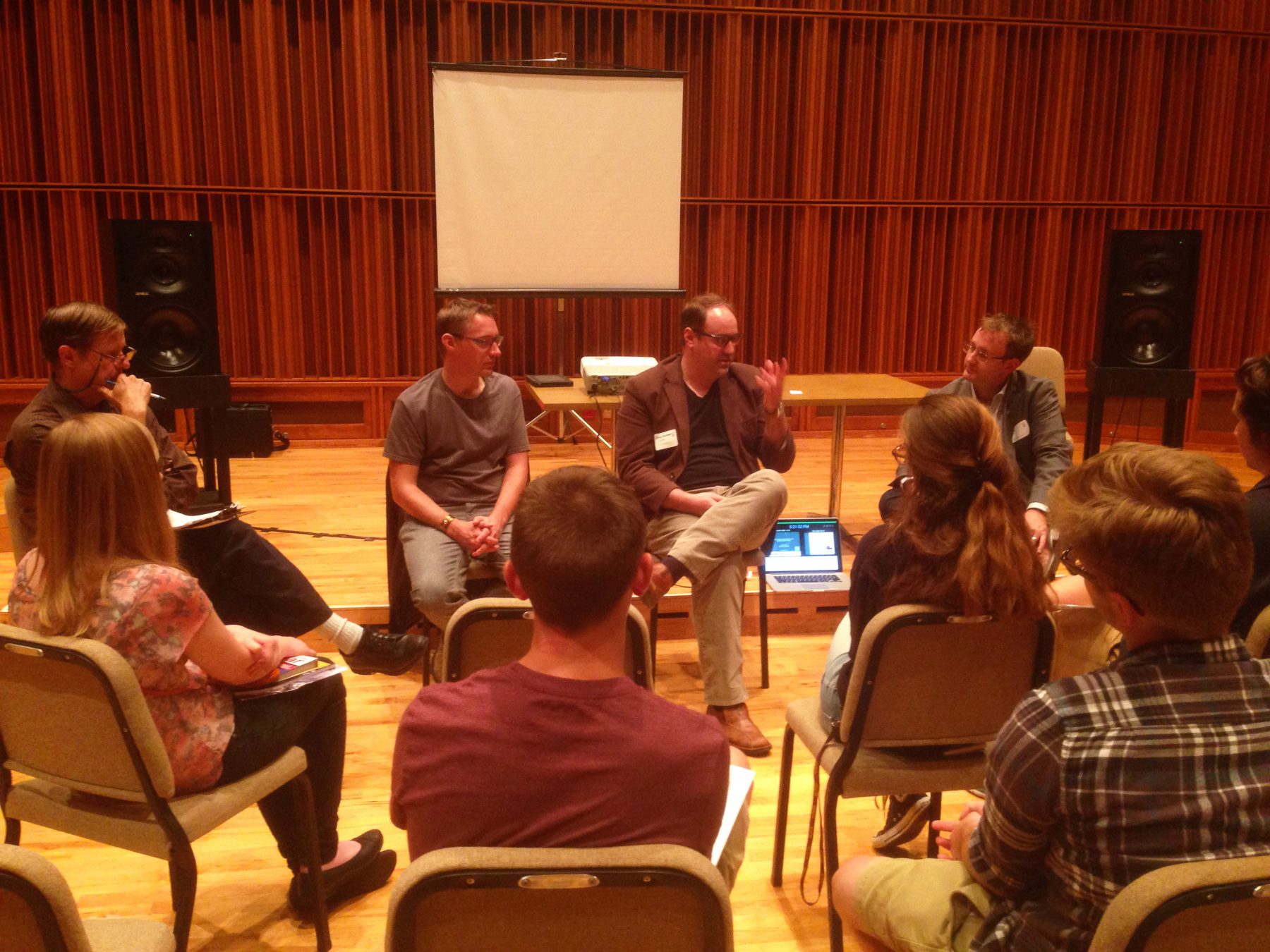
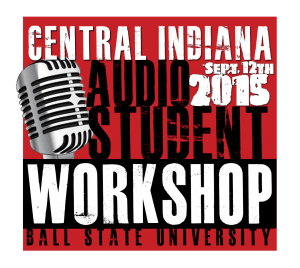 The
The 